Mercedes has explained how an "anomaly" during the Singapore Grand Prix weekend helped to avoid a "disaster" that was feared after Friday practice.
During FP1 and FP2, Mercedes appeared on the back foot and scrapped with the upgraded Williams cars, a machine the W15 would normally expect to be comfortably ahead of during normal, dry running.
The car appeared out of its window again in FP3, with George Russell complaining of a lack of grip from the tyres, but in Q2, a sudden burst of pace allowed Russell and Hamilton to fight near the head of the field for the first time in the weekend.
Hamilton would eventually lead an all-Mercedes second row, but come the race, a "clear mistake" of starting Hamilton on softs meant he fell to sixth as his strategy played out, with Russell doing well to hold onto fourth from Ferrari's Charles Leclerc.
Reflecting on the weekend, technical director James Allison revealed how the "anomaly" of Saturday allowed the team to rescue what would otherwise have been a difficult weekend.
"Sunday's result was pretty difficult for the team and Friday was signalling some of maybe what we might have expected by way of difficulty," he explained.
"The anomaly really was Saturday where we managed to get from a difficult Friday to a pretty creditable grid position and there we have to give great credit to the team back at the factory who really did help turn around a difficult Friday.
"It put us much further up the grid than Friday might have suggested and gave us a result that while disappointing was not disastrous as a consequence.
"I would say that probably the trade we made, although unwittingly, was that we improved the car for a single lap for qualifying but it was quite a painful thing then on long runs."
Also interesting:
Join RacingNews365's Ian Parkes, Sam Coop and Nick Golding, as they look back on last weekend's Singapore Grand Prix. Max Verstappen's punishment for swearing and Daniel Ricciardo's likely last F1 race are major talking points.
Rather watch the podcast? Then click here!
Most read
In this article
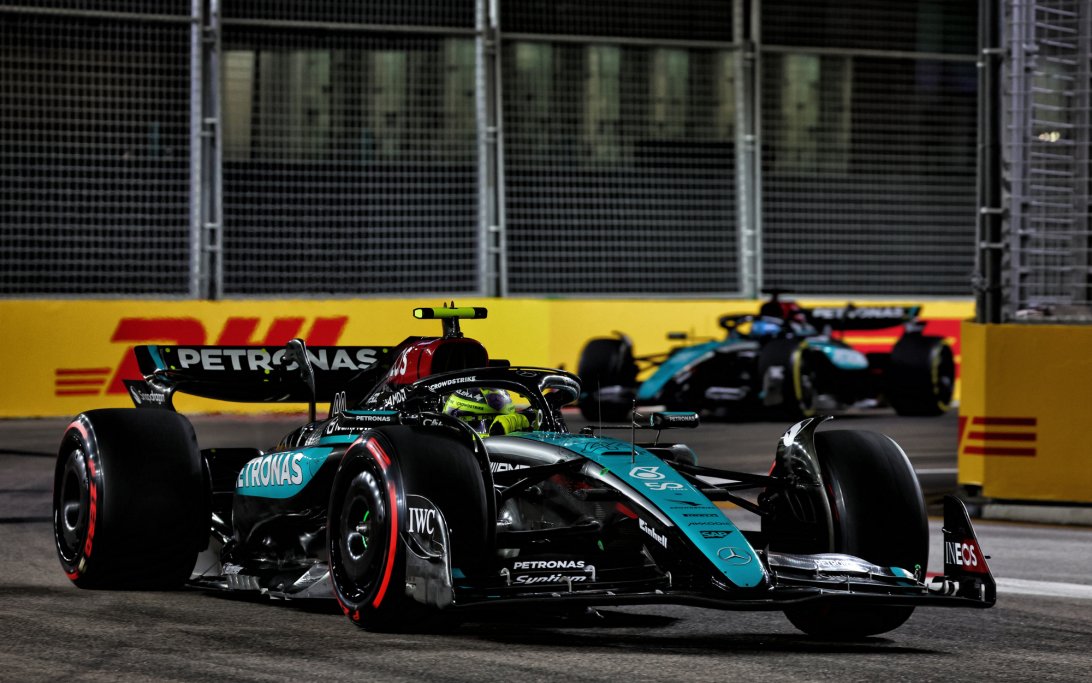


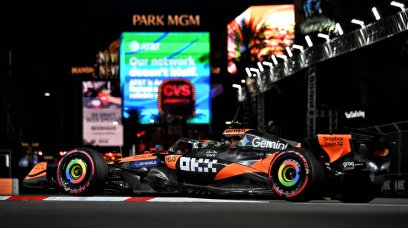
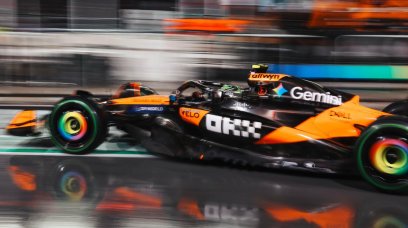
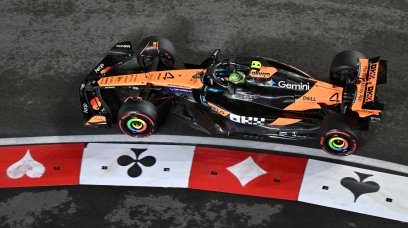
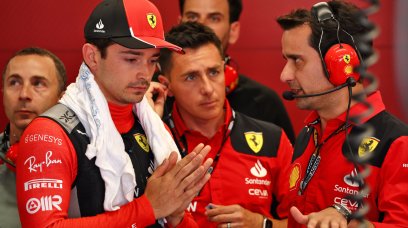
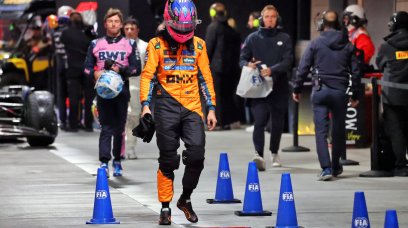


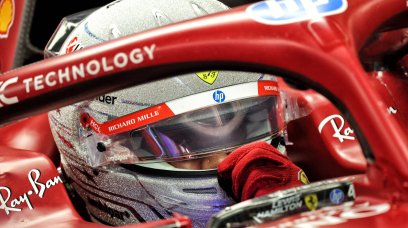













Join the conversation!